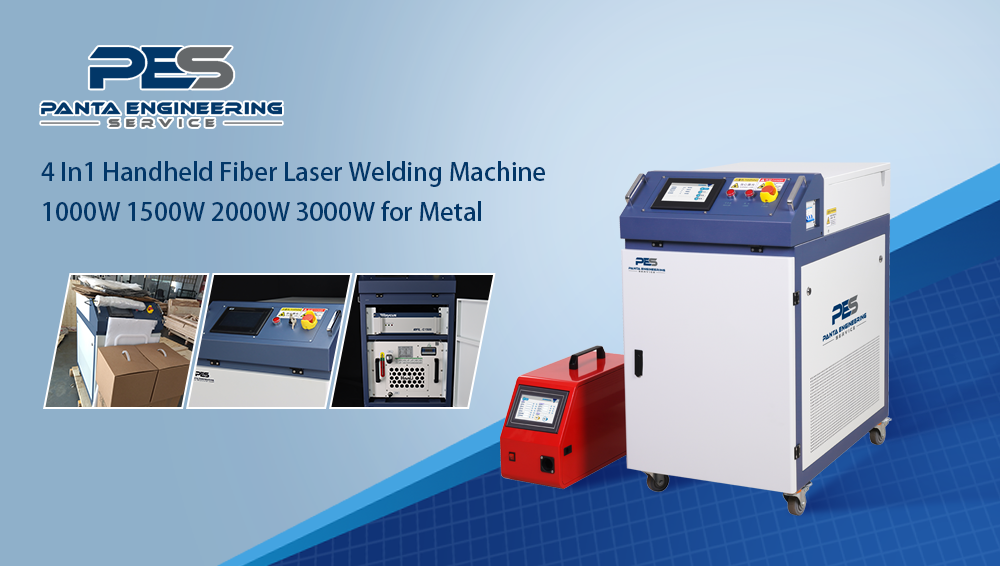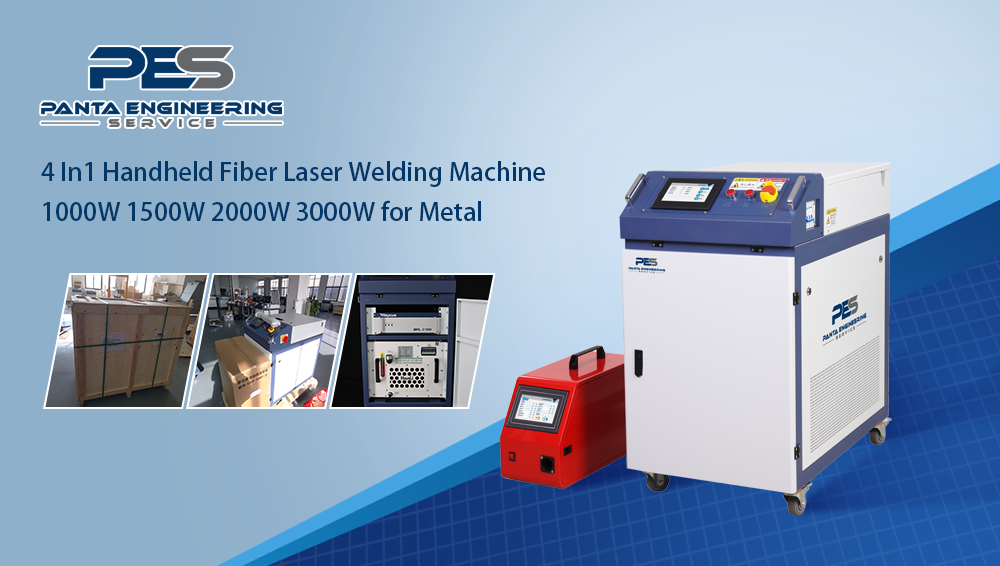Laser Welding Machine Faults Easily Resolved: Super Practical Tutorial Here
Mar 01, 2024

During the operation of the laser welding machine, various faults may occur to a greater or lesser extent. Of course, in order to make the handheld laser welding machine work better, reduce the frequency of faults, and improve work efficiency, it is necessary to understand the working principle of the fiber laser welding machine. Below, the company's technical personnel will introduce the common faults and their handling methods for the laser welding machine.
1.Weld seam appears very dark
The direction of the protective gas flow is incorrect; the direction of the protective gas flow should be opposite to the direction of the workpiece.
2.Cracks appear during welding
The cooling speed of the workpiece is too fast; the temperature of the cooling water should be adjusted on the fixture to increase the water temperature.
When the fit clearance of the workpiece is too large or there are burrs, the machining accuracy of the workpiece should be improved.
The workpiece has not been cleaned. In this case, the workpiece needs to be cleaned again.
The flow rate of the protective gas is too high; reducing the flow rate of the protective gas can solve this.
3.Insufficient penetration
Lack of laser energy can be improved by adjusting the pulse width and current.
The focusing lens is not set correctly; the focus should be adjusted to approach the correct position.
4.Weak flame
The shutter is not completely closed, and the lubrication of the shutter connectors should be checked to ensure smooth mechanical operation.
There is a deviation in the main optical path of the laser; adjust the total reflection and semi-reflection aperture of the main optical path, perform paper checks, and adjust the spots.
Contamination of cooling water or failure to replace cooling water for a long time; replacing cooling water and cleaning UV glass tubes and xenon lamps can solve this.
The laser does not output from the center of the copper nozzle under the focusing head; adjust the 45° reflection aperture to make the laser output from the center of the nozzle.
Damage or contamination of the focusing lens or laser resonator film; timely replacement or cleaning is necessary.
